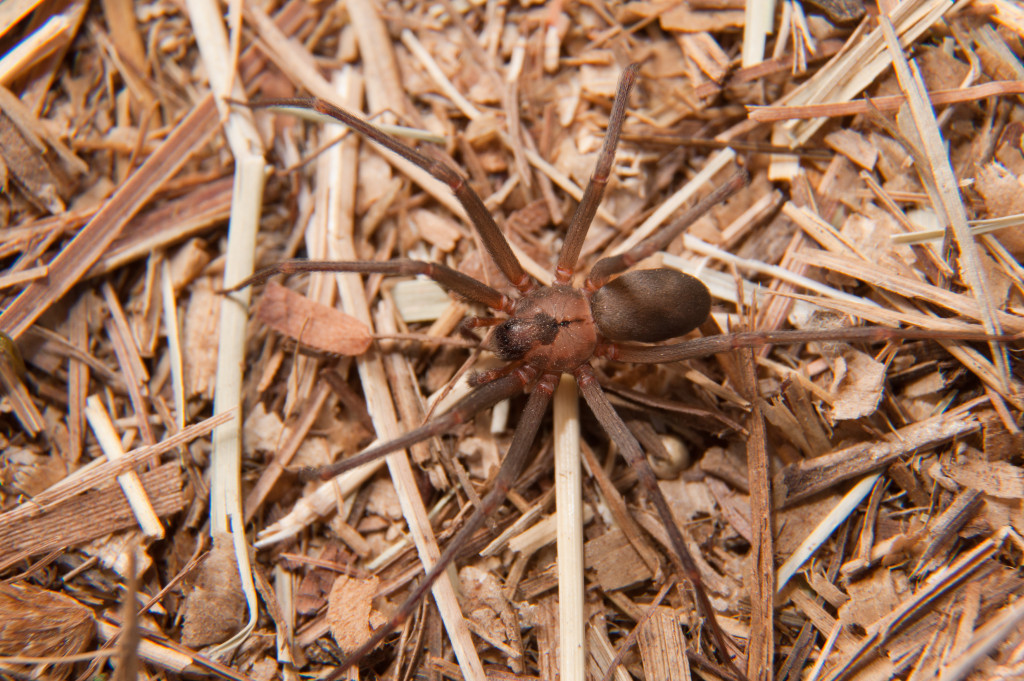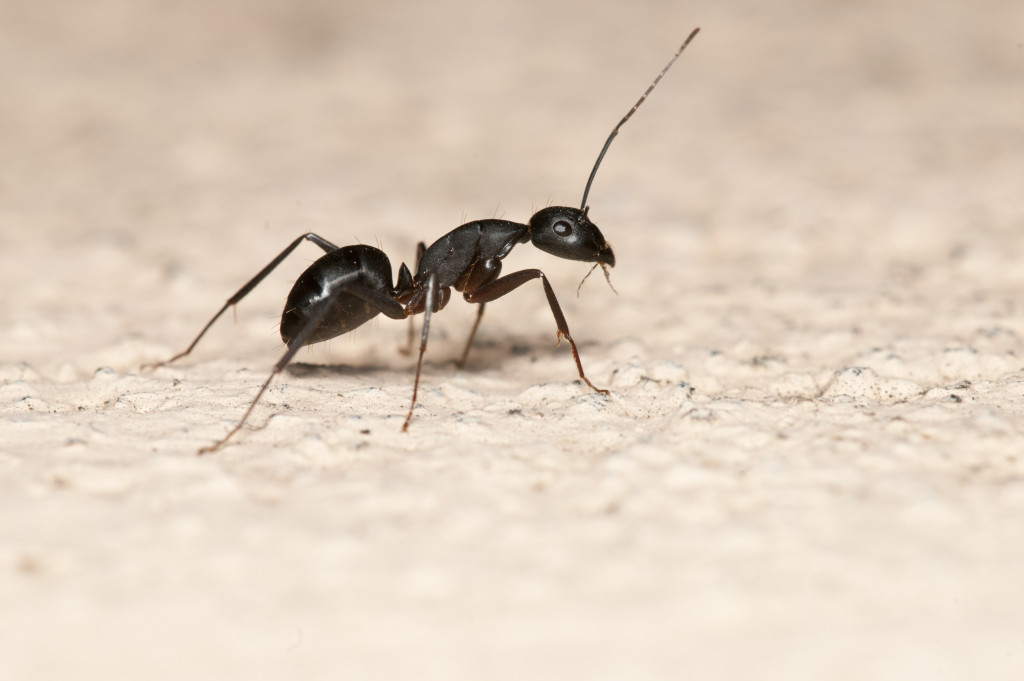Having pests in the garden is truly a nightmare for any gardener. You have spent months or even years making your yard into a glorious green space only to be destroyed by pesky insects. No matter how much time, money, and effort you’re spending on pest control, pests will always find their way into your garden.
Any proper gardener has a go-to pesticide product to get rid of the buggers. But the problem with commercial pesticides is that they contain toxic substances that are harmful to your plants, your pets, and even yourself.
Gardeners are investing in smart landscaping solutions to reduce the likelihood of pest infestation. They practice interplanting, use healthy soil and natural pesticides, and other eco-friendly ways to repel pests.
If there’s one thing people aren’t aware of pest control, it’s about attracting beneficial insects to come into your garden. Most people think bees and butterflies are the only beneficial insects and the rest are all pests. In reality, there are plenty of common garden pests that keep the garden healthy.
What are beneficial insects?
Any backyard is home to hundreds of insects. Thus, it’s not surprising why many of them are destructive. Despite the bad reputation of these buggers, most of them are harmless and beneficial. They’re known as beneficial insects, which fall into three categories:
- Pollinators. Butterflies, bees, moths, and flies are popular examples of this category. Gardeners depend on these insects to pollinate flowers.
- Predators. These insects get rid of pests by consuming them. These include ladybugs, green lacewing larvae, and praying mantises.
- Parasitizers. Similar to predators, parasitizers prey on pests but in a different way. They lay their eggs on or in the bodies of other harmful insects, so when the larvae hatch, they will feed on the host. One example is parasitic wasps.
Examples of beneficial bugs

- Ladybirds. Topping this list are ladybird beetles or simply ladybirds. These spotted creatures consume over 50 aphids each day, including their larvae. Ladybirds are a natural pest control method that kills all kinds of aphids, such as greenflies, blackflies, and larvae.
- Ants. Outdoor ants are useful in maintaining vibrant, healthy lawns. They act as miniature aerators by digging small tunnels within the soil to allow water, nutrients, and oxygen to flow through the roots. They also help in breaking down debris and leaves into compost.
- Toads. These eat a wide variety of garden pests, from cutworms, grubs, snails, and slugs. Having them in your yard will save you from buying pesticides, helping you save money and the environment. Keep them in your yard by building a garden pot filled with dirt to create a suitable toad environment.
- Bats. These certainly have a bad rap for giving people the heebie-jeebies, but these furry, winged friends are something you want to keep in your yard. They make great seed spreaders and pollinators for a wide variety of plants. They also keep mosquitoes and moths at bay by preying on them.
- Lizards. These are very common in tropical regions, and these little critters are great at keeping out pests such as flies, crickets, and cockroaches. Make them comfortable in your yard by providing a warm, dry shelter, such as tree barks, old pipes, and rocks.
- Spiders. We understand how spiders can get scary sometimes, but these little critters feast on insects that can potentially harm your plants.
How to identify beneficial insects
If you spot an unknown insect in your yard, don’t freak out. Identify the insect first before killing it. The first thing to do is to observe and take a closer look at what the insect is doing. Take a photo or video if you can’t see it clearly. If there’s more than one insect feeding off the plant and the cause of damage is extensive, it’s likely a pest. One sign of pest infestation is when insects congregate in a single area. It’s important to address this immediately before it gets out of control.
If you’re unsure, use the photo to compare it to actual images of pests from legitimate websites for insect research. If the detected insect is an invasive pest, use natural, high-quality pest control to kill the pest without harming your garden and beneficial insects.
The next time you found these beneficial pests in your garden, you better not squash these good guys if you want to get rid of pest infestation. Being familiar with these pests is your best defense against troublemakers. If you have them in your yard, make sure to use eco-friendly pesticides to ensure you’re not killing the good ones.

